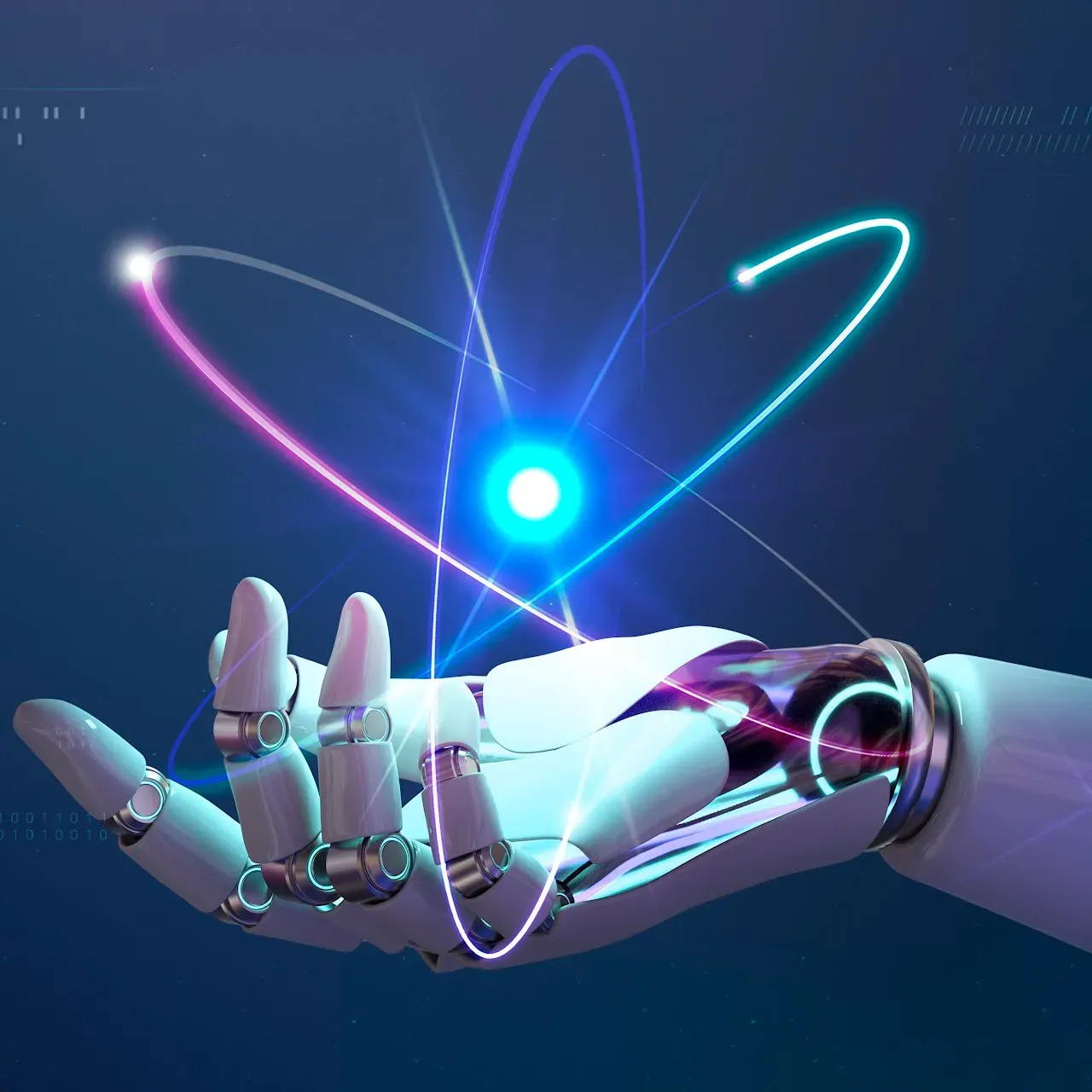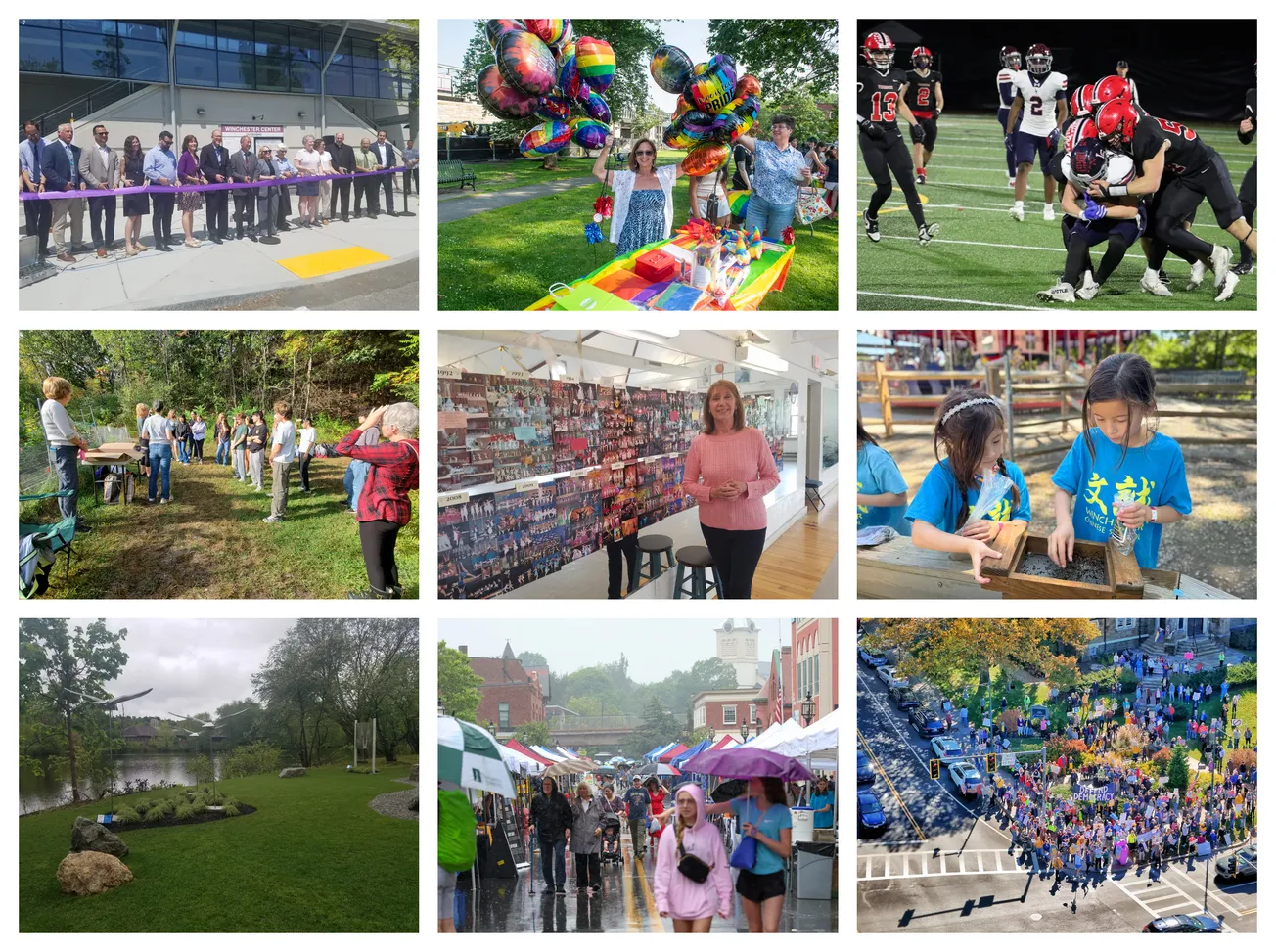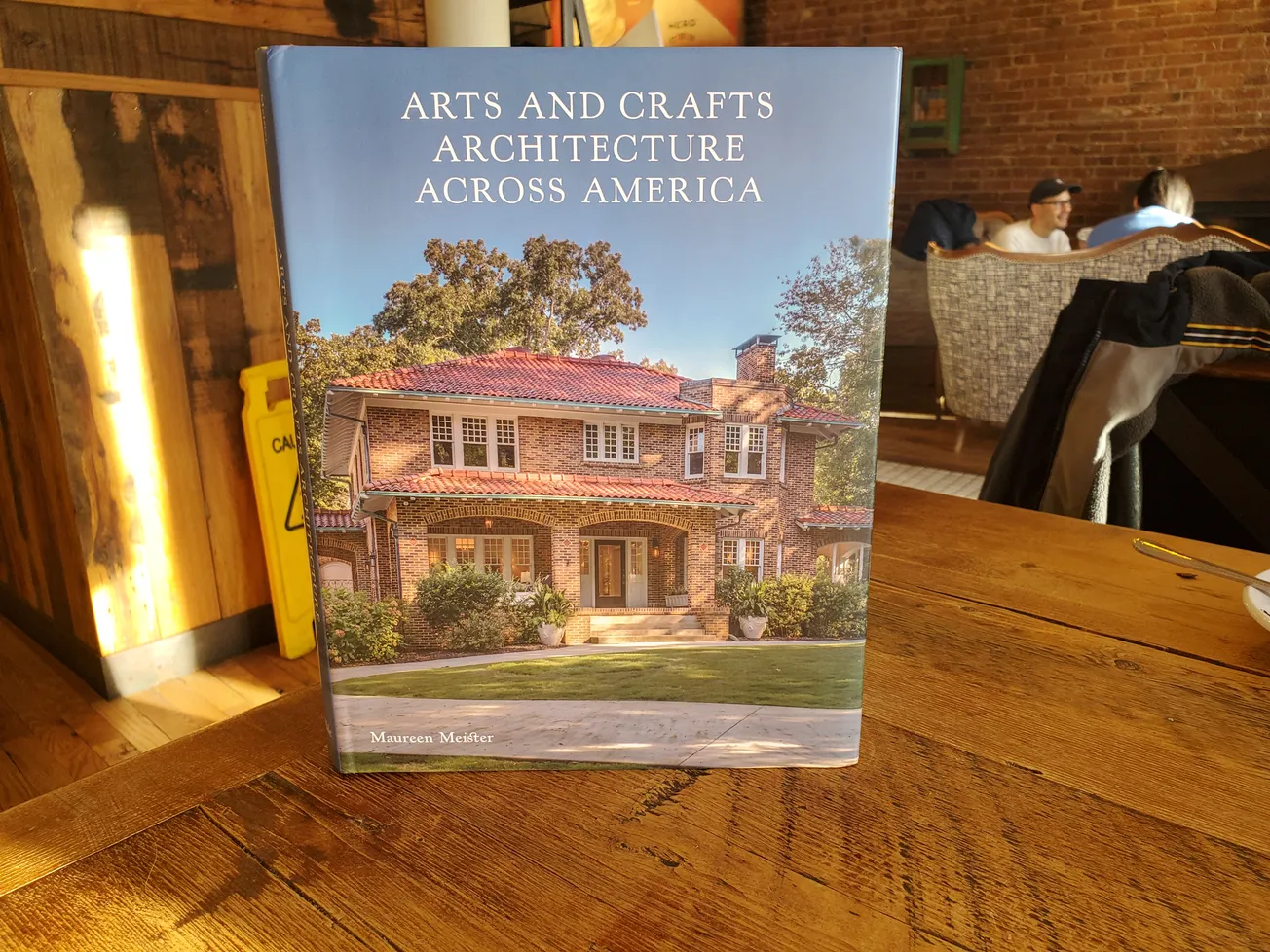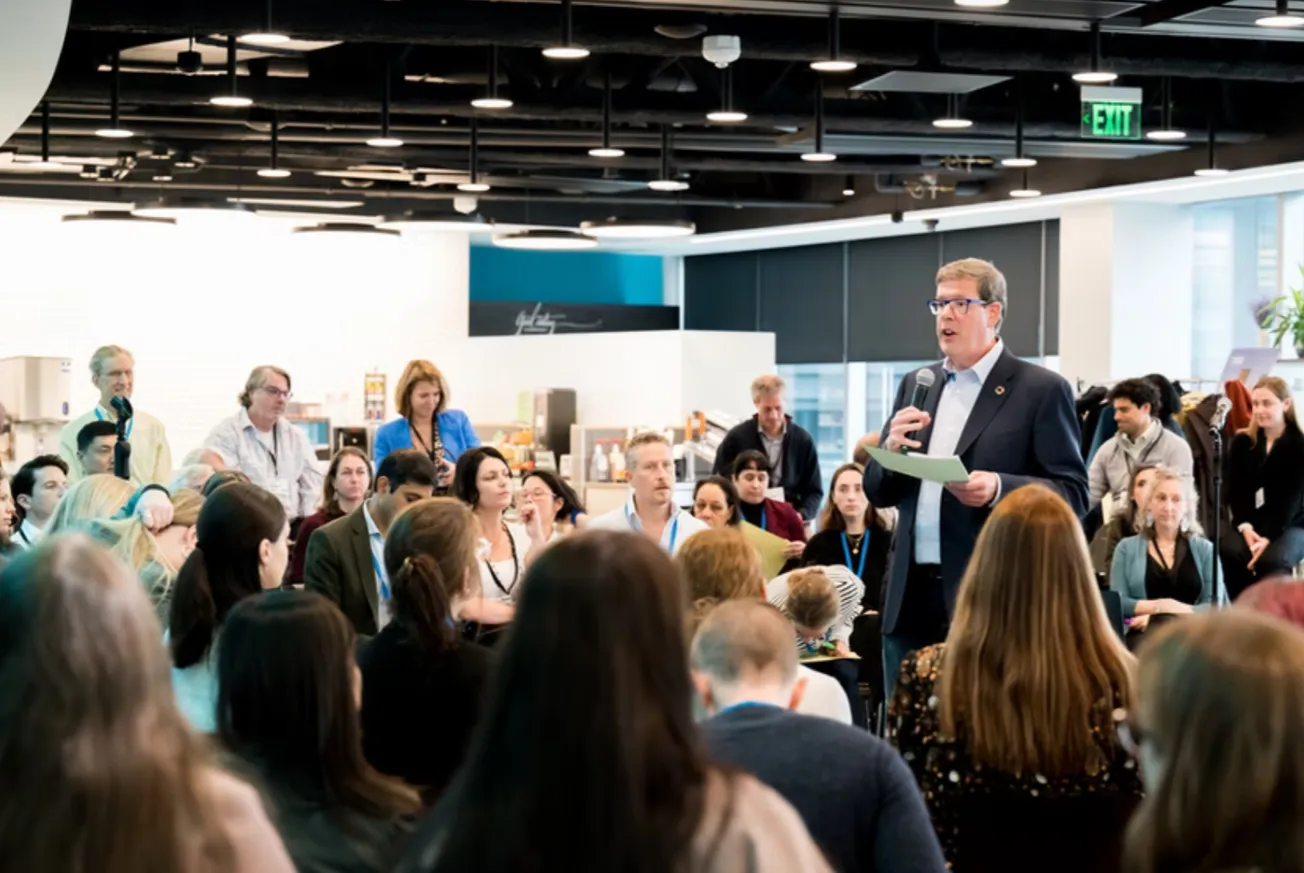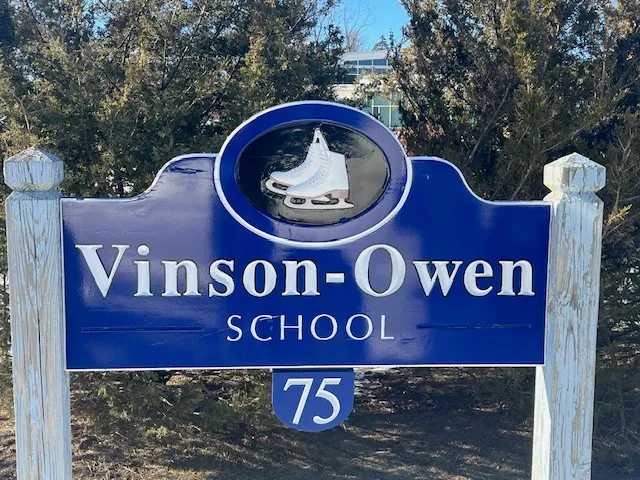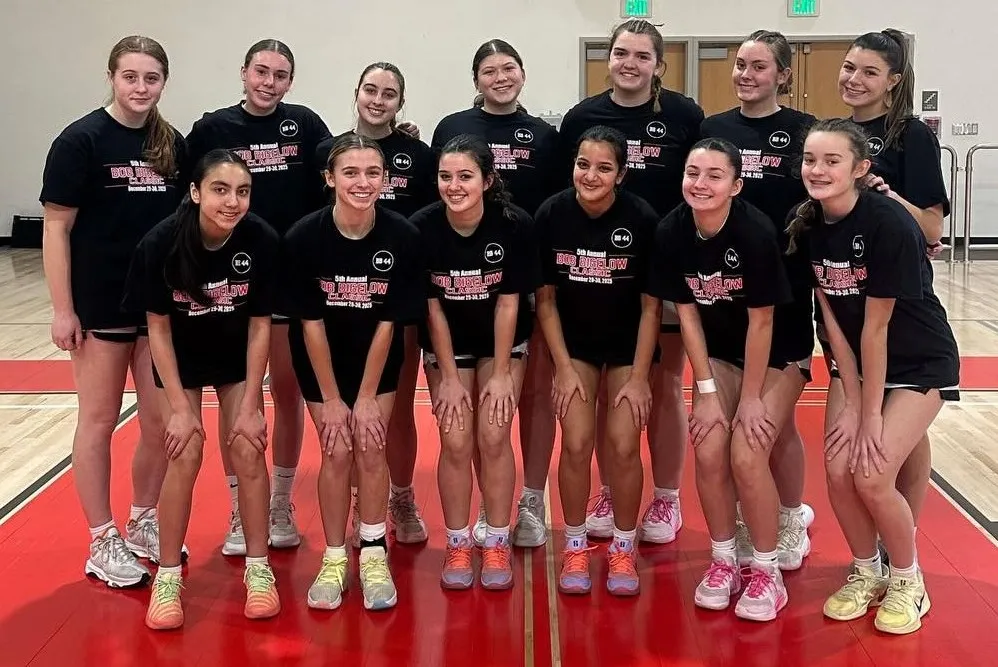Table of Contents
By John Brown, Ron Latanision, and Walter Hubbard
In January, the Wilson Science and Technology Forum heard presentations from two engineers via zoom. On January 12th Piotr Moncarz, co-founder of XGS Energy, spoke from Warsaw, Poland on “Geothermal Solutions for the Energy Crisis.” Dr. Moncarz believes the most under-utilized of all available energy sources is geological heat from deep underground, where, at depths of 10 to 20 km (6 to 12 miles), the ambient temperature of the earth’s mantle is 450ºC (850ºF).
To date commercial use of geologic heat for electricity generation has been limited to rare locations, such as Iceland, where the earth’s mantle extends relatively close to the surface.
More recently engineering research in the field of “Enhanced Geothermal Systems” (EGS) has been attempting to drill much deeper and then inject water into one deep well, from which it can percolate through fractured rock and be recovered from another deep well, with the resultant steam used to drive electric turbines. But commercialization of this approach will also be geographically limited due to the requirement for massive quantities of fresh water, a precious resource the supply of which is limited in most locations.
The approach under development by XGS Energy is as follows: Advanced drilling technologies will be used to quickly and economically drill a well to a depth of 6 to 12 miles, where rock of the desired temperature is encountered. At that point, fracking will be applied to create fissures in the adjacent rock. The fracked fissures will be filled with a proprietary high efficiency heat-exchange polymer to facilitate rapid recovery of the rock’s high heat. Water will be circulated in a closed-loop through a concentric, dual-lumen pipe between the earth’s surface and the deep heat-exchange field. The resultant steam can be utilized either to power electric turbines or to provide heat for industrial or building heating applications.
If successful, this approach promises to overcome virtually all the limitations of the major low carbon technologies (solar, wind, and nuclear) currently in wide use for generating electricity. Specifically, it promises to generate a high quantity of steam for electric generation, constantly and reliably, at low cost, from almost any geographic site in the world, without occupying large swaths of land, without wasting vast amounts of water, and without the production of large amounts of hazardous waste materials or dangerous radiation!
On January 26 Bob Caligiuri, Vice President of the engineering and science consulting firm Exponent, Inc, spoke on “The Challenges and Adventures of Failure Analysis and Risk Mitigation.” To illustrate, he recounted the experiences of the team of engineers (himself among them) from Exponent that was tasked with studying and guiding remediation of the rupture-plagued Camisea pipeline system in Peru.
The Camisea pipeline, whose construction was funded by the Inter-American Development Bank (IADB), went into operation around 2005. It carries natural gas and associated liquids from well fields in the Amazon rainforest across a range of mountains in the Andes, down to the Pacific seacoast. Within a few months six major leaks (ruptures of the pipe), including one which directly impacted an indigenous village in the Amazon jungle, occurred. The team determined that the causes of the pipe ruptures were predominantly instability of the ground resulting from flooding, mudslides, rockslides, or earthquakes (geotechnical risk), and to a lesser extent errors in welding (construction risk).
Remediation included various measures to stabilize the pipe’s right of way against earth movement, use of remote monitoring devices to warn of impending threats to pipeline stability, and regular walking inspections along the entire right of way. As a result of these measures, the pipeline system has operated reliably with no further ruptures over the ensuing 17 years!
UPCOMING LECTURES:
On February 9th, Professor Angel Sorrano, of Universidad Catolica de Valencia in Spain, will speak about the development of Antimicrobial Face Masks that protect against viral and bacterial infections. The masks are now in wide used in Spain and are being adopted elsewhere too.
On February 23rd, Professor Jesus A. Del Alamo, of MIT’s Electrical Engineering and Computer Sciences Department, will speak on the impact of the recently passed Chips and Science Act on the future of microchip technology in the US.
----------------------------------
All Wilson Forum presentations are recorded and can be streamed free on demand at the Wilson Forum’s website, https://jenksst.blogspot.com/
WinCAM broadcasts recordings of Forum presentations at 3 pm on Mondays and Fridays. For the schedule, go to https://wincam.org/schedule/education/ and search for “Wilson.”
----------------
The Wilson Forum’s meetings are via Zoom, usually at 10:30 am on the second and fourth Fridays of each month.
To learn of upcoming Forum speakers, you can check the Jenks Center’s website https://www.jenkscenter.org/ (events > daytime > Wilson Forum).
Alternatively, you can receive notifications of upcoming talks by emailing a request to be added to the Forum’s roster to rlatanision@alum.mit.edu.

